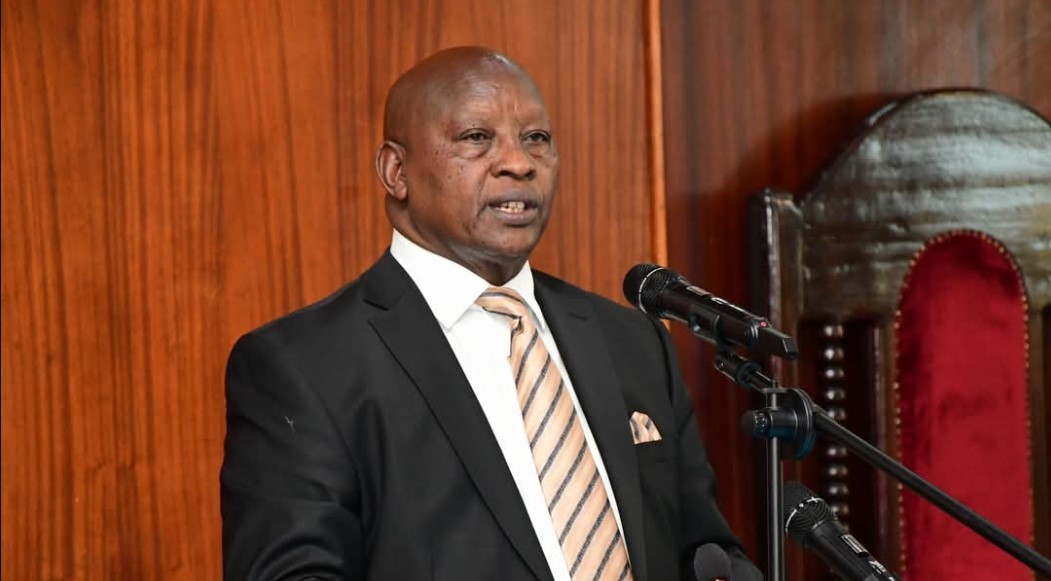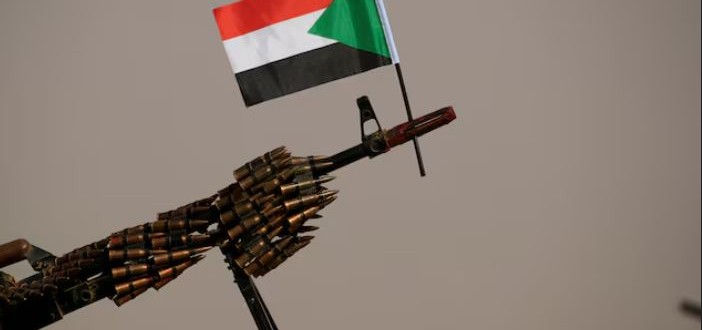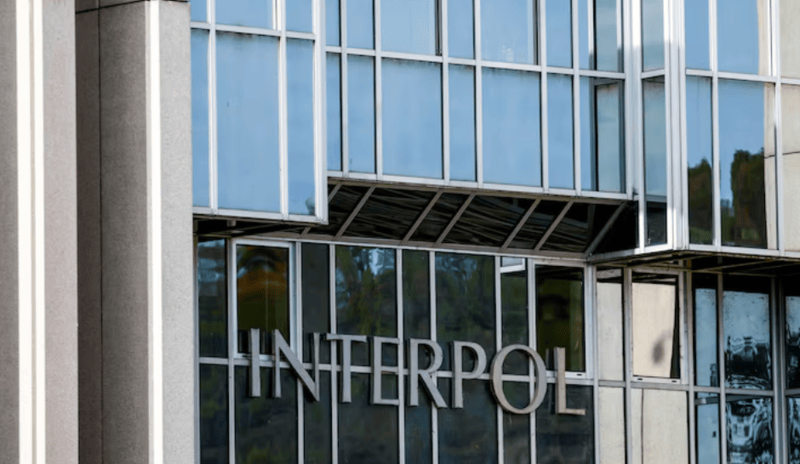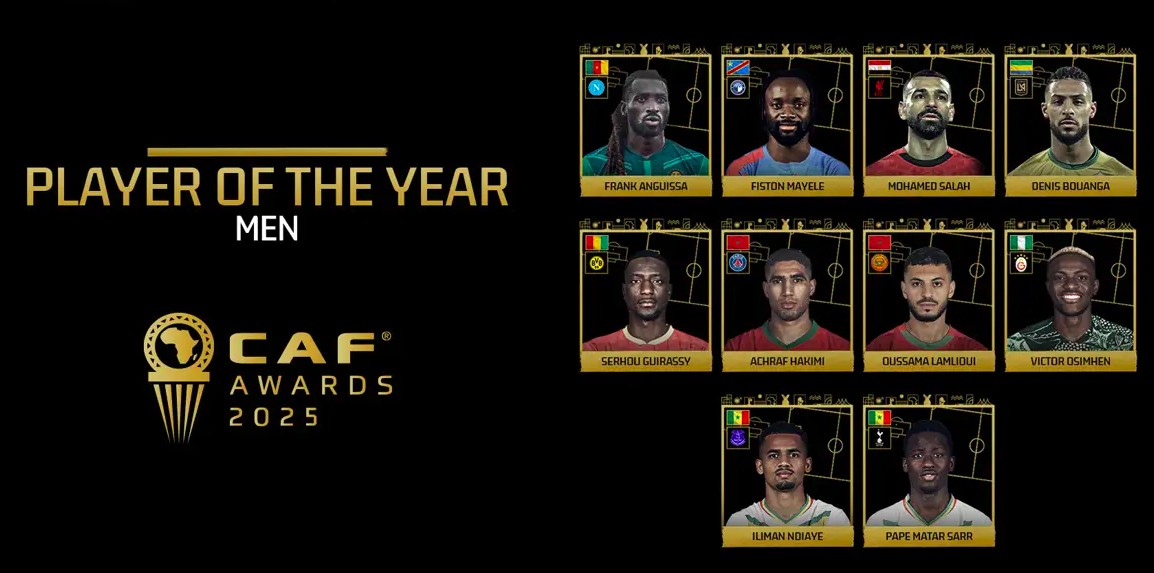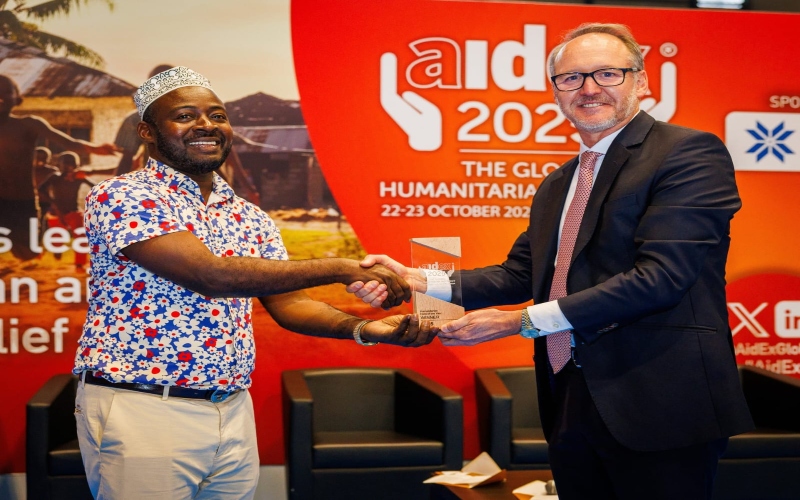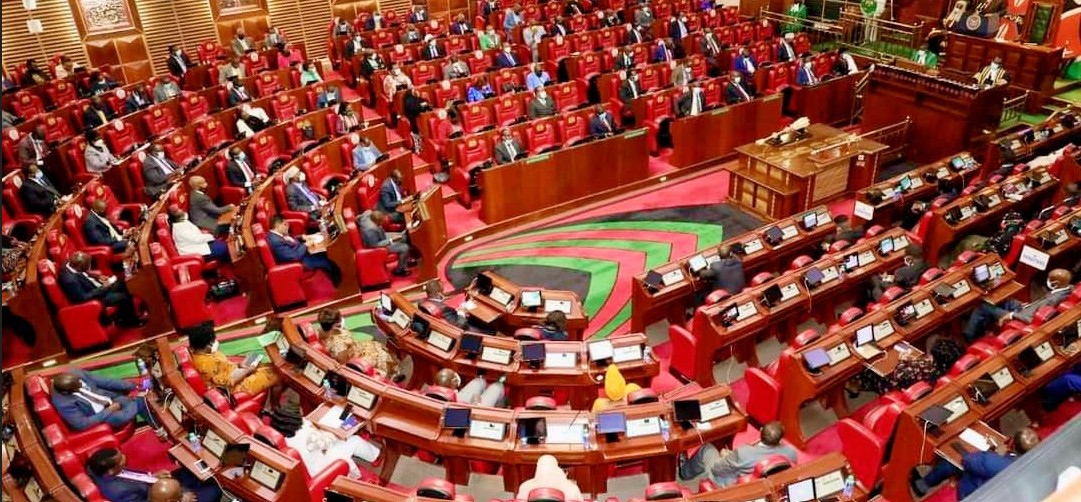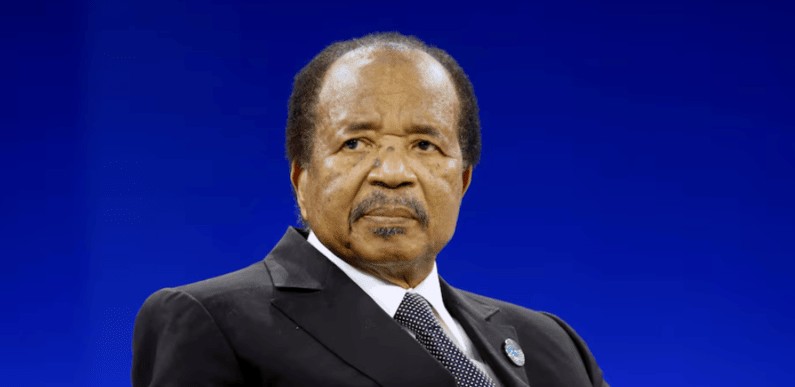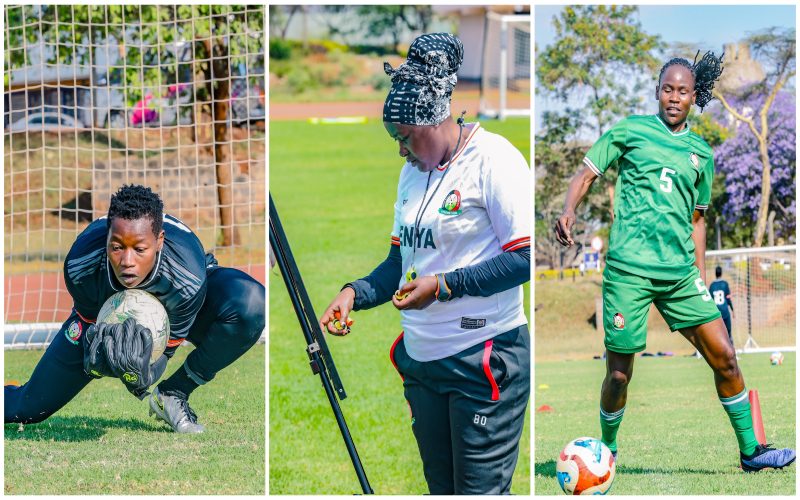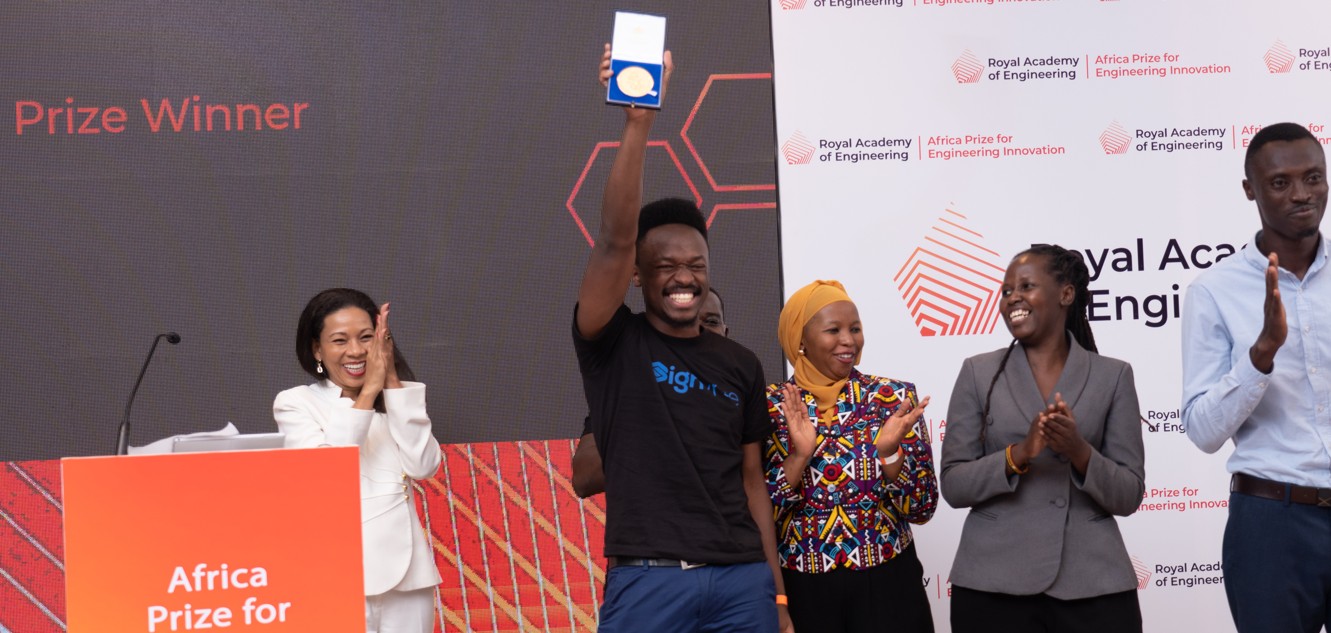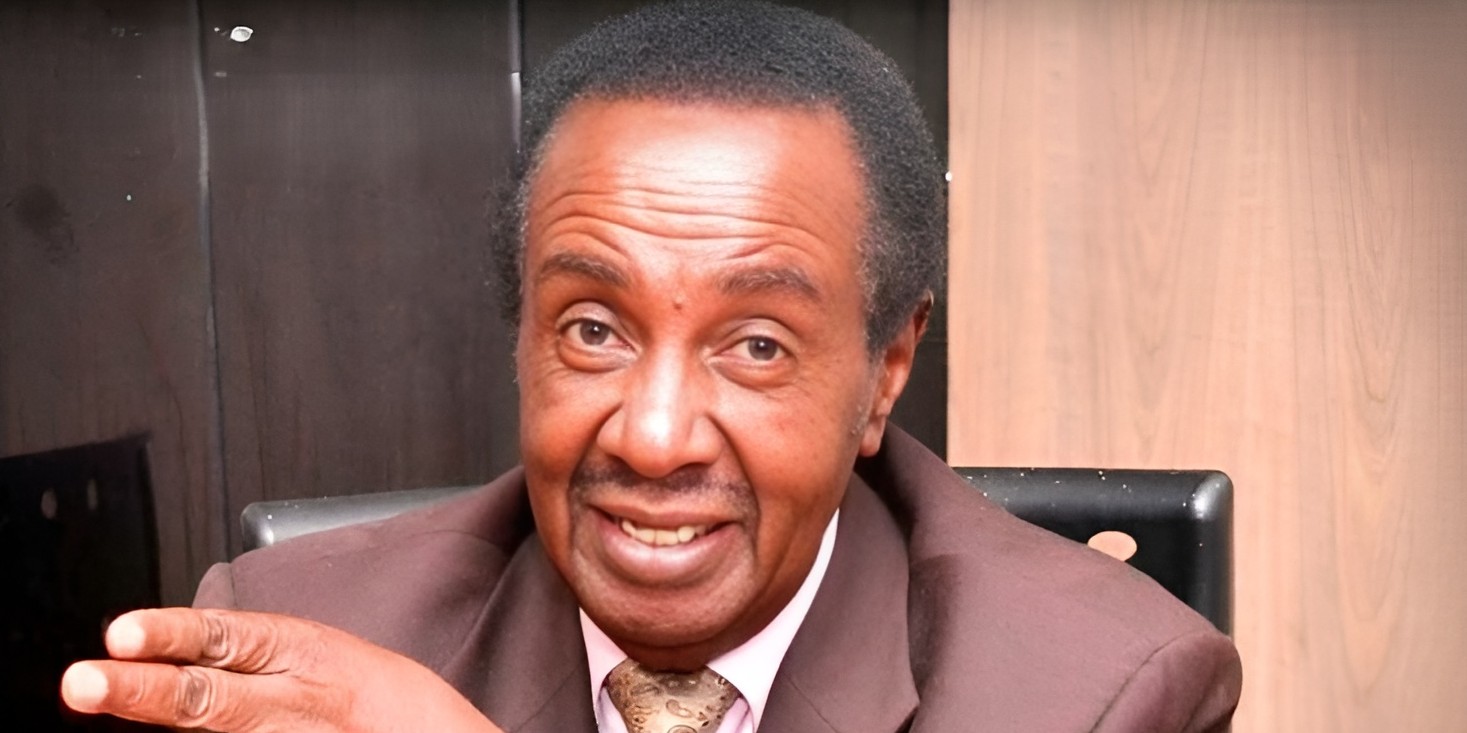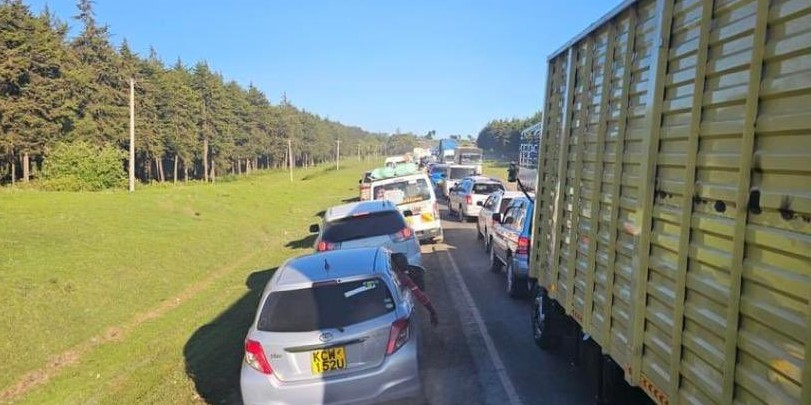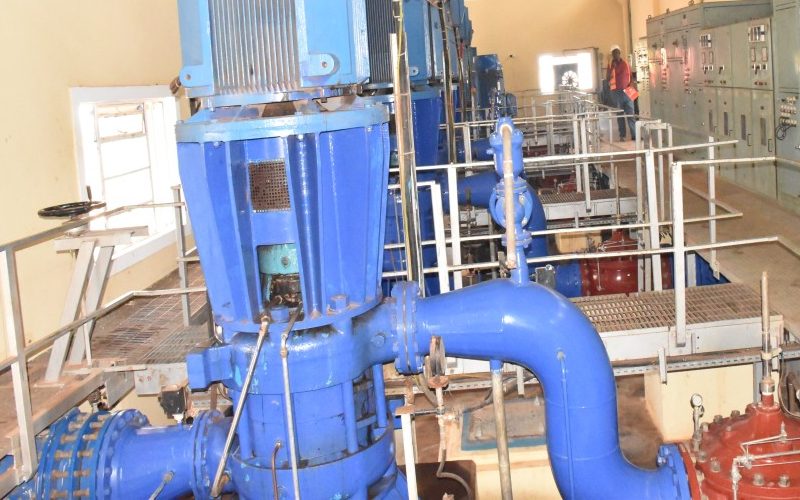Explainer: The main sticking points in Gaza ceasefire talks
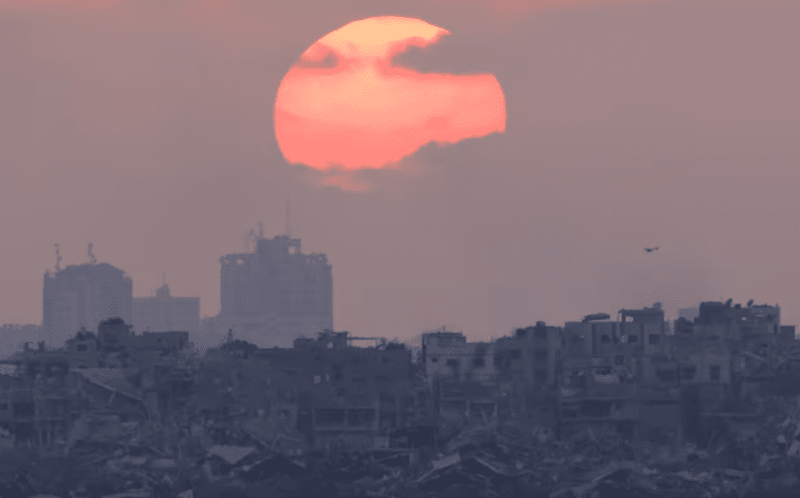
Hamas has said that Washington's new proposals are too close to Israel's positions. Netanyahu says Hamas stubbornness has been the main obstacle to a deal.
US Secretary of State Antony Blinken is in Israel stepping up diplomatic pressure in a last-ditch attempt to secure a ceasefire in Gaza and a hostage release deal.
The marathon talks, mediated by Egypt, Qatar and the United States, are set to resume this week in Cairo, following a two-day meeting in Doha last week that was focused on bridging proposals introduced by Washington.
More To Read
- Sudan among countries facing widespread mine and explosive contamination – UN report
- 15,000 in Gaza await urgent medical evacuation amid fragile ceasefire
- UN says delivering aid to northern Gaza remains challenging
- Egypt inches closer to troop deployment in Somalia amid regional tension
- Gaza food aid still far below target despite US-brokered ceasefire
- Gaza intensifies efforts to clear rubble, reopen roads amid severe shortage of fuel
Major gaps between Israel and Hamas persist, however, according to Israeli, Palestinian and other sources familiar with the talks, and public statements by Israeli Prime Minister Benjamin Netanyahu and Hamas.
End of war
Hamas wants an agreement that will guarantee an end to the war in Gaza. Netanyahu has pledged "total victory" and wants the right to resume fighting in the Palestinian enclave until Hamas no longer poses any threat to Israelis.
Gaza-Egypt border
Hamas seeks a complete Israeli withdrawal from the Gaza Strip, including the so-called Philadelphi Corridor, a narrow 14.5-km-long (nine-mile) stretch of land along the coastal enclave's southern border with Egypt.
Israel wants to retain control of the Philadelphi Corridor, which it captured in late May after destroying dozens of tunnels beneath it that it says had served to smuggle in weapons to Gaza's militant groups.
There appear to be divisions within the Israeli leadership over this matter too. Netanyahu says only the presence of Israeli troops at the border will prevent arms smuggling, while defence officials say the boundary can be monitored remotely and soldiers can go in for raids if need be.
Return of displaced
Israel wants displaced Palestinians to be screened as they return to the enclave's more heavily populated north when the ceasefire begins, to make sure they are unarmed. Hamas demands free movement for Palestinians who were forced to flee south and want to return home.
Hostage release
The three-phased ceasefire plan includes the release of 33 hostages under a humanitarian category, alive or dead, in the first stage. Netanyahu has said he wants to maximise the number of living captives that will be freed at this stage. There are a total of 115 hostages remaining - men, women - whether civilians or soldiers - as well as two children, at least a third of whom have been declared dead in absentia by Israeli authorities.
Israel also wants veto power over the identities of some of the Palestinian prisoners who would be released in return.
Blame
Hamas and Israel have been trading blame for months for the impasse in talks. Netanyahu has rejected criticism levelled at him at home and abroad for introducing new demands to the original plan about the Gaza-Egypt border and the vetting of displaced Palestinians.
He denies imposing new conditions and says his demands are vital security matters which are in keeping with the original proposal and mainly set out how it would be implemented.
Hamas has said that Washington's new proposals are too close to Israel's positions. Netanyahu says Hamas stubbornness has been the main obstacle to a deal.
Top Stories Today
